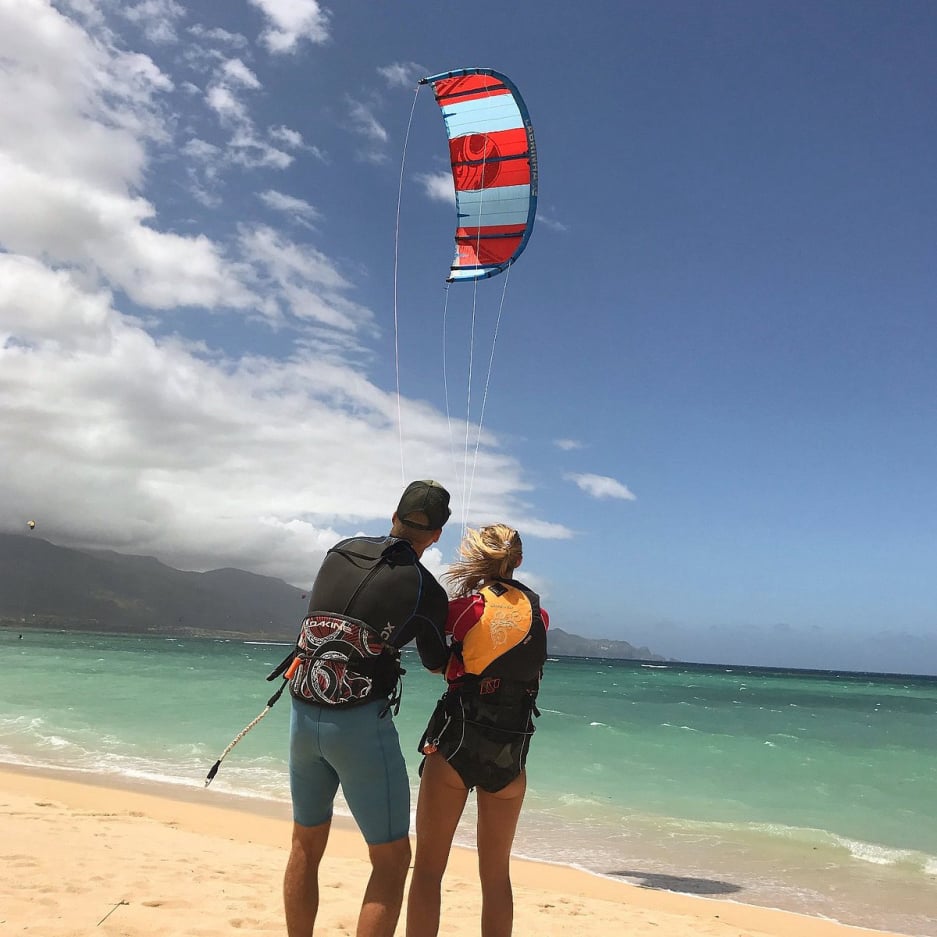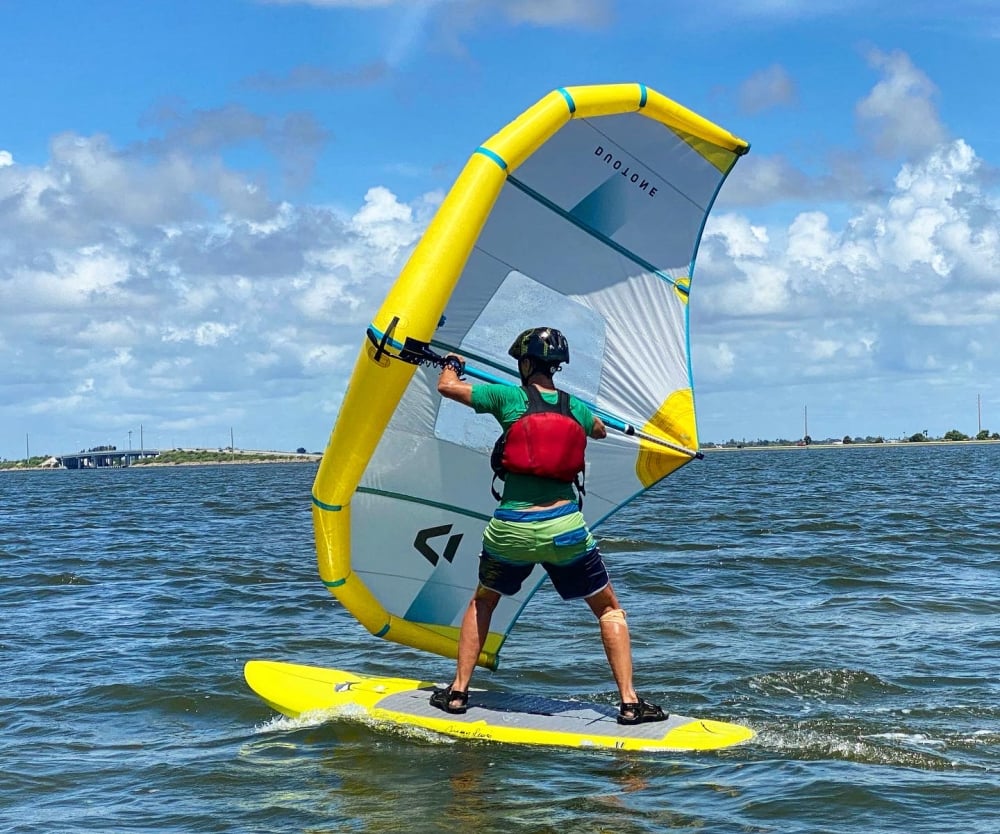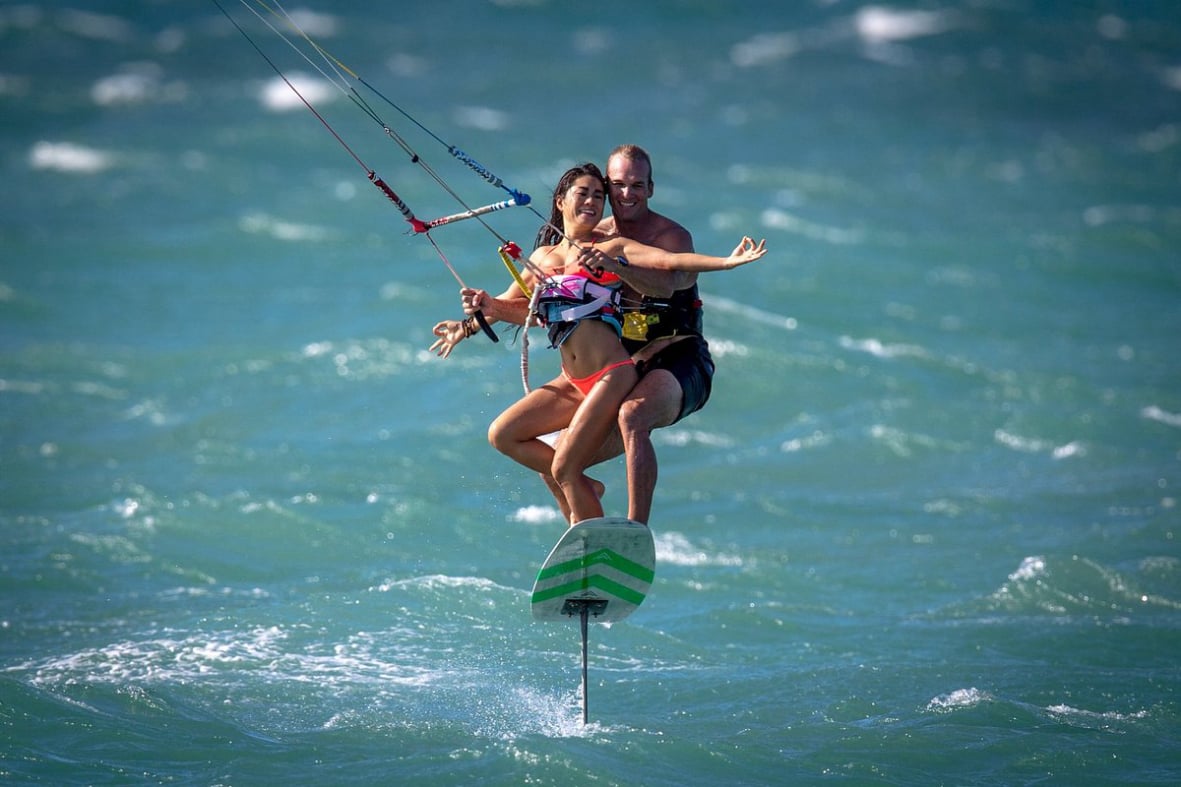Kitesurfing Adelaide: Best Practices for Eco-Friendly Riding

Join the movement towards eco-friendly kitesurfing in Adelaide and discover how simple choices can make a big impact on the environment.

Join the movement towards eco-friendly kitesurfing in Adelaide and discover how simple choices can make a big impact on the environment.
Adelaide, the capital city of South Australia, is known for its unique geographical setting. Nestled between the Adelaide Hills and the Gulf St Vincent, the city is characterized by a grid layout that allows for easy navigation through its bustling streets. The fertile plains surrounding Adelaide are conducive to agriculture, making the region a significant producer of wine and fresh produce. The city's location also provides residents and visitors with access to stunning coastal views and nearby natural parks, creating a picturesque urban environment that harmonizes urban living with natural beauty.
As of the latest estimates, Adelaide has a population of approximately 1.4 million people, making it the fifth most populous city in Australia. The city is known for its diverse and multicultural community, which contributes to its vibrant cultural landscape. This diversity is reflected in the city's festivals, cuisine, and arts scene, drawing people from various backgrounds to live and work in Adelaide. The population density is relatively low compared to other capital cities in Australia, allowing for spacious living conditions and a strong sense of community among its residents.
Adelaide experiences a Mediterranean climate, characterized by hot, dry summers and mild, wet winters. Summer temperatures can soar above 35 degrees Celsius (95 degrees Fahrenheit), while winter temperatures generally range from 10 to 15 degrees Celsius (50 to 59 degrees Fahrenheit). The city receives most of its rainfall during the winter months, creating a pleasant environment during spring and autumn. This climate is ideal for outdoor activities and events, which are abundant in the city, from music festivals to food markets, making Adelaide a lively destination year-round.
Adelaide is home to several major attractions that draw both tourists and locals alike. The Adelaide Festival, held annually, showcases a blend of arts, culture, and music, while the Adelaide Zoo and the Botanic Garden offer tranquil escapes into nature. Additionally, institutions such as the University of Adelaide and Flinders University provide world-class education and research opportunities, contributing to the city's reputation as a center for learning. The city is also known for its well-regarded schools, including public and private institutions that prioritize academic excellence and holistic development. Together, these elements make Adelaide a dynamic city that balances education, culture, and community engagement.
When you hit the waters for kitesurfing in Adelaide, it's crucial to consider how your actions impact the environment. You can make a difference by choosing sustainable gear and being mindful of your launch spots to protect local ecosystems. It's also important to dispose of waste properly and respect local wildlife during your sessions. By following these best practices, you'll not only enhance your experience but also contribute to preserving the beauty of these waters. Curious about specific techniques and gear that can help you ride responsibly?
Choosing Sustainable Gear
When you're gearing up for kitesurfing, choosing sustainable gear not only benefits the environment but also enhances your riding experience. In kitesurfing Adelaide, you can find eco-friendly options that align with your passion for the sport and the planet.
Look for equipment made from recycled materials or brands that prioritize sustainability in their manufacturing processes. This way, you'll contribute to a cleaner ocean while enjoying your time on the water.
When you take kitesurfing lessons or wing foiling lessons, your instructor can guide you in selecting gear that's both high-quality and environmentally conscious. Many shops in kitesurfing South Australia now offer gear that minimizes environmental impact without sacrificing performance.
Investing in sustainable gear often means better durability and performance, enhancing your overall experience. You'll not only feel good about your choice but also enjoy the ride more, knowing you're making a positive impact.
As you hit the water for your kitesurfing adventures, it's important to keep in mind how your actions can affect the environment.
Start by choosing a launch and landing area that minimizes disturbance to the beach and surrounding vegetation. Stick to designated paths to avoid trampling fragile ecosystems. When packing up after your session, make sure to collect any waste, including broken equipment, food wrappers, or plastic bottles. Leaving no trace is key to preserving our beautiful beaches.
Also, consider the impact of your actions on water quality. Avoid using any harmful substances, like sunscreen that's not reef-safe, and try to wash off before you hit the water.
When kitesurfing, steer clear of sensitive areas, such as seagrass beds or coral reefs, which can be easily damaged.
Lastly, use eco-friendly transportation to reach your kitesurfing spots. Carpooling with friends or using public transport can significantly reduce your carbon footprint.
Respect for local wildlife is essential for maintaining the delicate balance of ecosystems where you kitesurf. When you're out on the water, you might encounter various species, from birds to marine life. Make it a priority to observe them from a distance. Avoid disturbing nesting areas or feeding grounds, as these are vital for their survival.
Be mindful of your surroundings, especially during breeding seasons. Many animals are particularly vulnerable at this time, and your presence could disrupt their natural behaviors. If you see wildlife, keep your distance and refrain from chasing or approaching them. This way, you contribute to their well-being and the health of the environment.
Additionally, educate yourself about the specific species in the area. Understanding their habits and habitats helps you act responsibly while kitesurfing. If you notice any signs of distress among animals, consider relocating to a less populated area.
Lastly, share your knowledge with fellow kitesurfers. Encourage them to respect local wildlife and promote eco-friendly practices. Together, you can help conserve the beautiful ecosystems that make kitesurfing in Adelaide such a unique experience.

RIDE Kitesurfing
1 The Foreshore Opposite Everard Street &,
Lady Gowrie Dr,
Largs Bay SA 5016
Phone: 0417 858 641
Email : info@ridekitesurfing.com.au
Website URL : https://ridekitesurfing.com.au/

Keeping the water clean is just as important as respecting the local wildlife while kitesurfing. Proper waste disposal is crucial for maintaining the beauty of your kitesurfing spots and protecting marine ecosystems. Always carry a trash bag with you, and make it a habit to collect any litter you see, even if it's not yours.
You'd be surprised at how much trash can accumulate along the shoreline. Before you head out, plan your snacks and drinks to minimize packaging waste. Opt for reusable containers and bottles; this simple step reduces the risk of plastic ending up in the ocean.
If you use any products like sunscreen or oils, choose eco-friendly options to prevent harmful chemicals from contaminating the water. When you're done kitesurfing, dispose of any waste responsibly. Look for designated trash and recycling bins nearby.
If there aren't any, take your trash home with you. Remember, leaving behind anything can harm local wildlife and spoil the natural beauty of the area.
Kitesurfing isn't just about riding the waves; it's also about riding the wave of change towards a more sustainable future. As a kitesurfer, you can actively support eco-friendly initiatives that protect our oceans and beaches.
Start by participating in local clean-up events. These gatherings not only keep the environment pristine but also connect you with fellow enthusiasts who share your passion for the sport and the planet.
Consider choosing eco-conscious brands when purchasing gear. Many companies now prioritize sustainable materials and ethical manufacturing practices. By supporting these brands, you're encouraging the industry to adopt greener practices.
You can also educate others about the importance of eco-friendly riding. Share tips on social media or engage with fellow riders at the beach. The more people know about the environmental impact of their actions, the more likely they're to make positive changes.
Lastly, advocate for local environmental policies that protect aquatic ecosystems. Attend community meetings, voice your concerns, and encourage others to do the same.